This sensor measures temperature and humidity in a volume and gives the temperature below which the water vapor in that volume of air (at a constant barometric pressure) condenses into liquid water (the dew point).
|
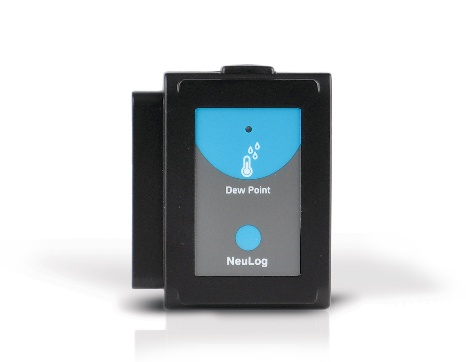 |
|
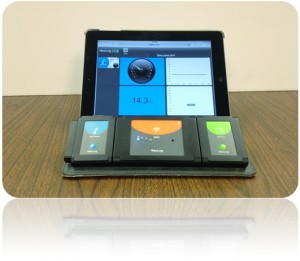 |
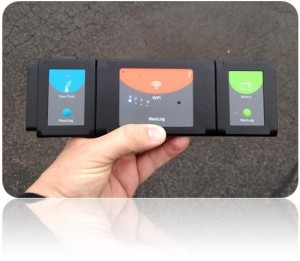 |
This sensor measures temperature and humidity in a volume and gives the temperature below which the water vapor in that volume of air (at a constant barometric pressure) condenses into liquid water (the dew point).
|
 |
|
 |
 |
The NeuLog GPS position logger sensor determines its latitude, longitude and horizontal velocity anywhere on earth through signals received from the Global Positioning System. It can be used by itself or together with other NeuLog sensors to perform outdoor experiments in environmental science, physics and more.
|
 |
|
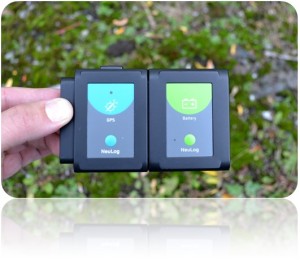 |
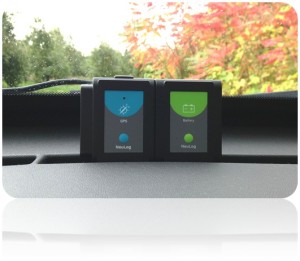 |
The NeuLog anemometer sensor enables measurements of wind velocity. Combined with temperature, relative humidity, dew point and barometric pressure sensors, it can be used to make very interesting weather measurements.
|
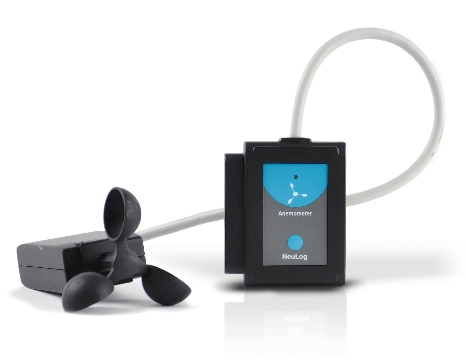 |
|
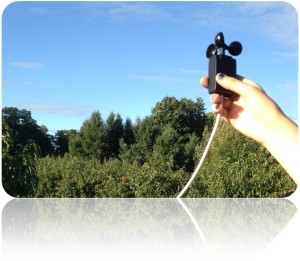 |
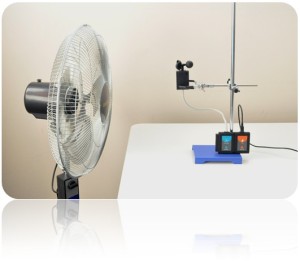 |
The NeuLog nitrate sensor can be used to measure the concentration of nitrate ions (NO3–) in aqueous samples. Nitrates are used in fertilizers and can contaminate water. Also, untreated human sewage can be a source of nitrate contamination. Nitrate measurements can also be very relevant to study the nitrogen cycle in general and to relate this cycle to plants and algae.
|
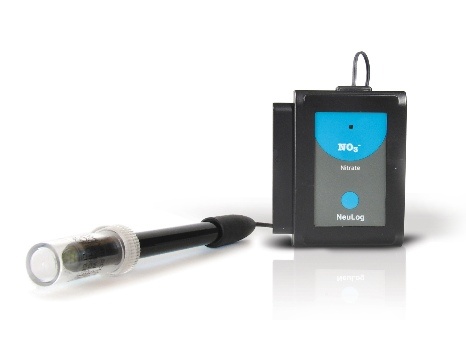 |
|
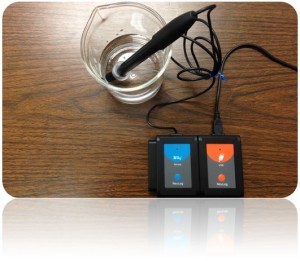 |
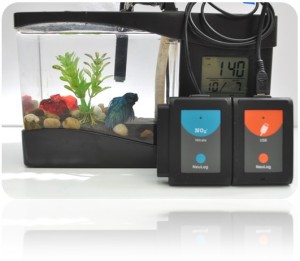 |
The NeuLog ammonium sensor can be used to measure the concentration of ammonium ions (NH4+) in aqueous samples. It can be used to evaluate the degree of contamination of water due to the use of fertilizers. Ammonium measurements can also be very relevant to study the nitrogen cycle in general and to relate this cycle to plants and algae.
|
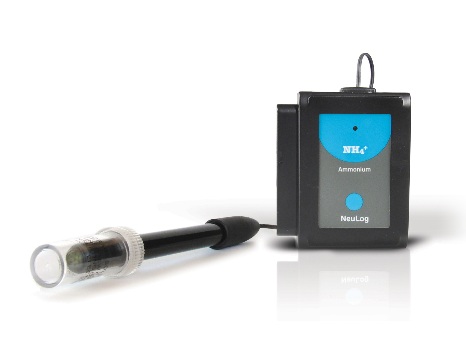 |
|
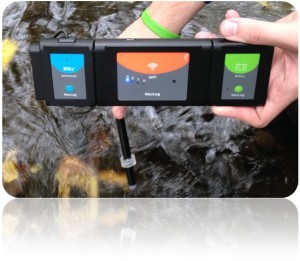 |
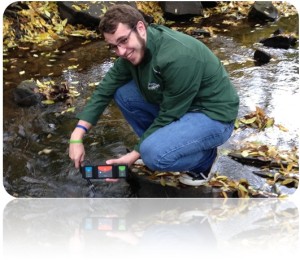 |
The NeuLog chloride sensor can be used to measure the concentration of chloride ions (Cl–) in aqueous samples. This measurement can be an indication of the salinity of water samples. The sensor can be used to study samples of drinking water with different degrees of chlorination.
|
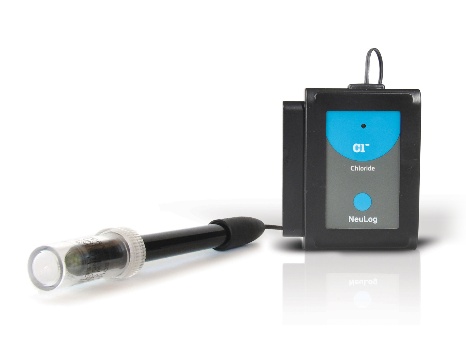 |
|
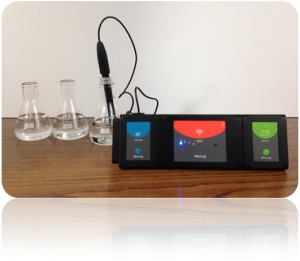 |
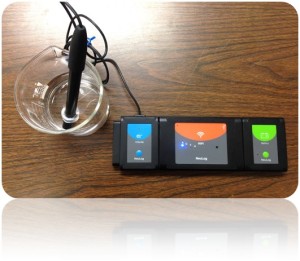 |
The NeuLog calcium sensor enables measurements of ionic calcium (Ca2+) concentration in aqueous samples. This measurement is very important when evaluating water quality. It can also be used to determine calcium – magnesium by EDTA titration.
|
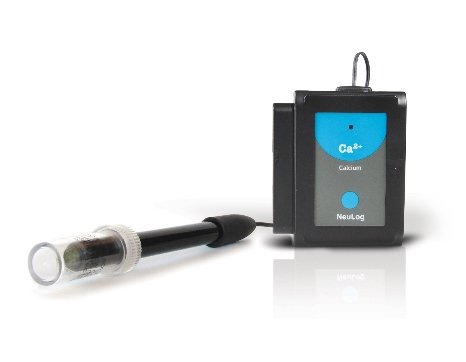 |
|
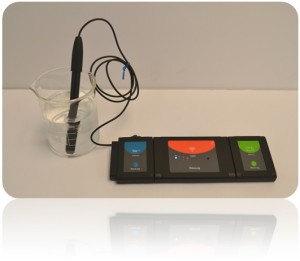 |
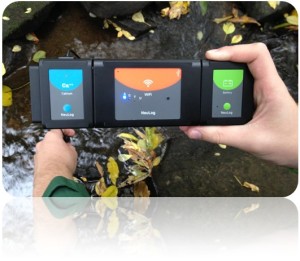 |
This sensor comes with a hand held unit with a built in strain gauge. The sensor measures the pressing force on the hand held unit.
|
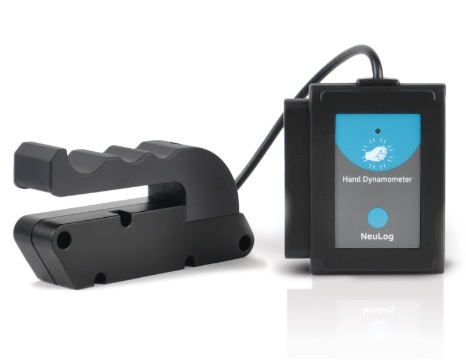 |
|
 |
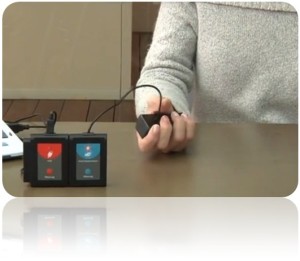 |
This sensor comes with a belt and measures the air pressure in it. The pressure changes according to the breathing of the subject. From the measured values, the respiration rate can be calculated.
|
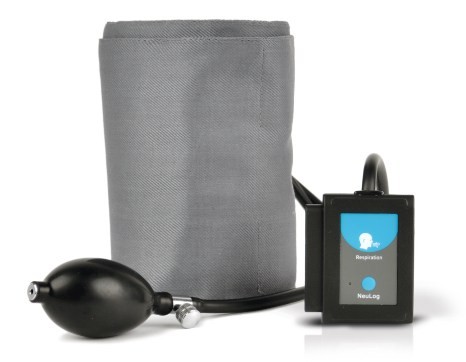 |
|
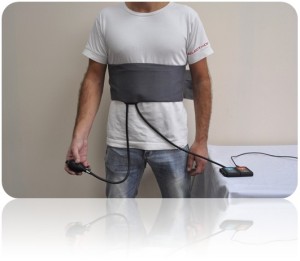 |
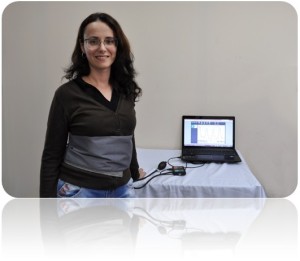 |
This logger sensor measures temperature remotely using an infra-red high accurate sensor. It is very useful when access to the sample is either difficult or dangerous.
|
 |
|
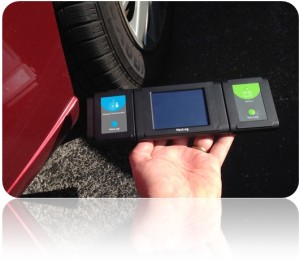 |
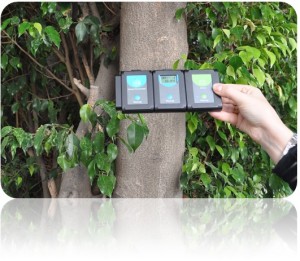 |